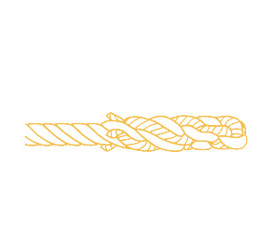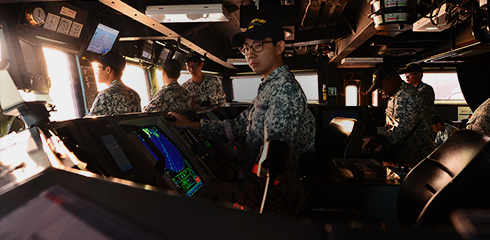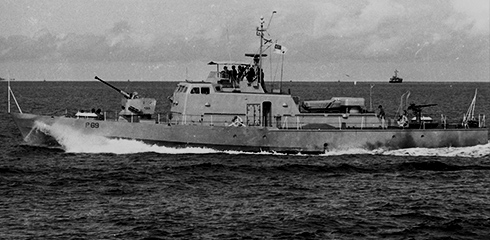
This versatile knot does not slip under load, yet can be easily untied without a load. Done properly, this knot is so reliable that it can even be used as a lifeline around a person’s waist.

Consisting of two half hitches, the clove hitch securely fastens the rope to a spar or fenders (cushion-like impact absorbers hung over the vessel’s side). It can be made even more secure with more half hitches.

These hitches are used to tow, hoist or lower a spar, which is a wooden or metal pole used to support sails and rigging.
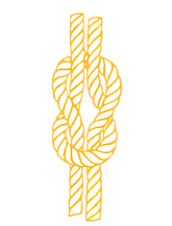
This easily undone knot is perfect for joining lines of the same thickness together.
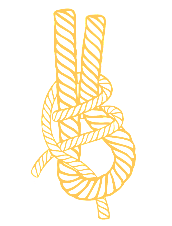
This bend is used to secure two unequal-sized lines together.
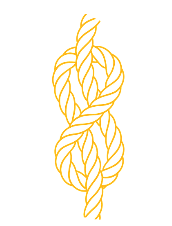
This knot is often used to tie the ship to a dock. This knot prevents a rope from unreeving (withdrawing).



